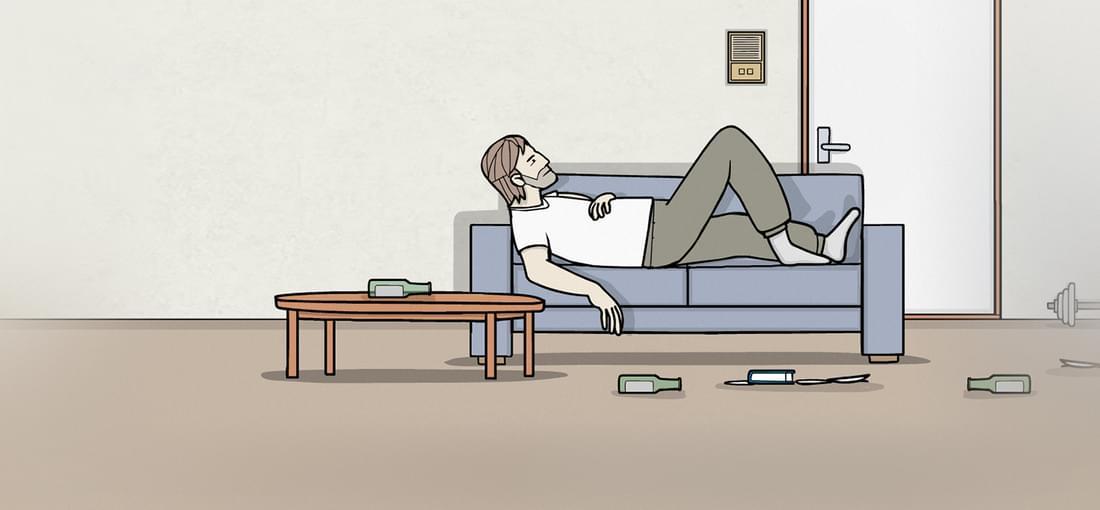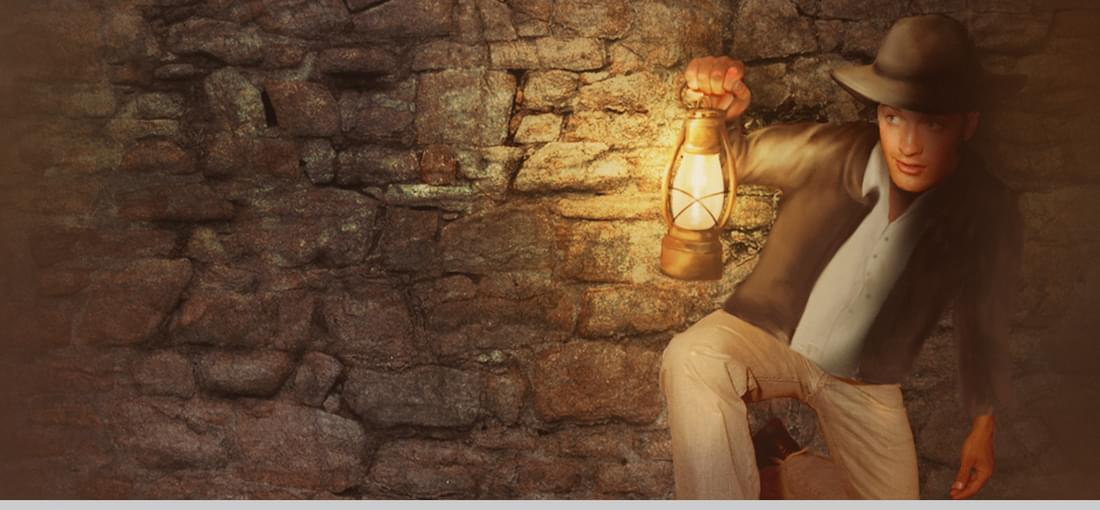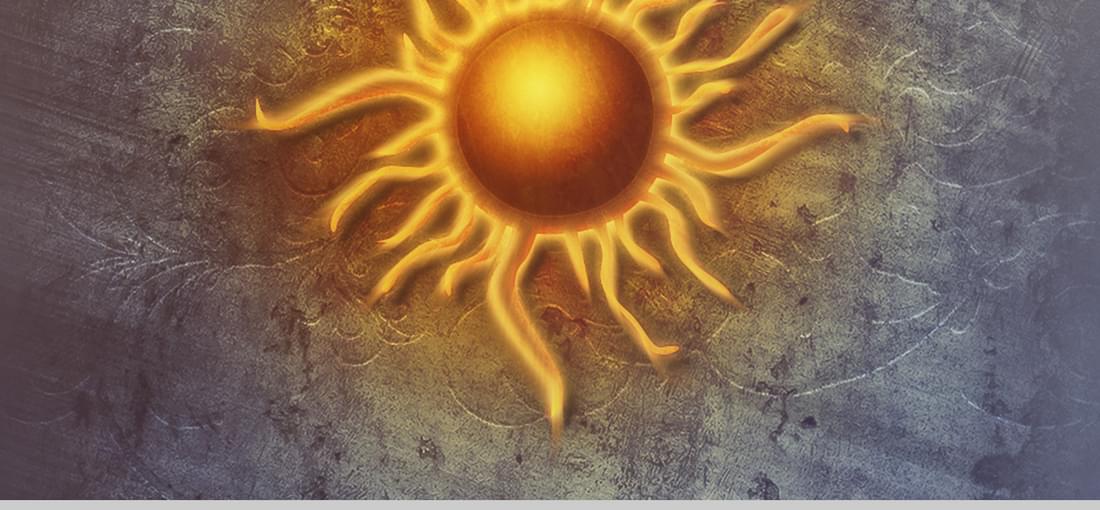


The White Door is a good adventure game, but it's also the fifteenth game in the Cube Escape / Rusty Lake series. Playing every single previous game isn't necessary, that takes about twelve hours for reference, but at least a little bit of familiarity with the overall series is helpful. This was the first game I played in the series before playing the rest, and I was a little confused by some elements that wouldn't have been otherwise. I recommend playing the free Cube Escape: Case 23 at a minimum as that ties into this game the most directly. As for the game itself, it's a mix of simple puzzles and interactive cutscenes. It's in a very different style than the other games which are mainly escape room games or have similar gameplay if not literally in a room. There's a much stronger central story than usual for these games, and the full voice acting is a nice touch.

After the serious Nemesis clearly left some people longing for a comedic Zork, Grand Inquisitor does bring back the humor that was "lost" but doesn't bring a meaningful game along too. There is plenty of humor particularly from your sidekick/lamp voiced by Micheal McKean. However, the plot is very thin and possibly contradictory with both other games in the series and itself most bizarrely. While the puzzles are mostly straightforward, the logic for why you do almost anything can be nonexistent. In a game with as little plot as this one, it just makes those puzzles feel like pure padding. What I found most disappointing though is how poorly developed the areas are. They generally only have two or three puzzles and might be made up of only one or two "points". This isn't really a game you explore as much as you fast travel between the handful of locations.

On paper, this game is roughly the antithesis of what people generally associate with Zork. The tone is somber and serious although there are few tiny spots of humor. The puzzles are almost all mechanical (and quite good) unlike Return to Zork, Grand Inquisitor or the text games although those do have some puzzles that could be considered precursors. One area may be disturbing to some people, but I found it to be a little on the cheesy side. What Nemesis just nails is the atmosphere and the story. Like many other people have mentioned, the sound design is excellent and is still remarkable today. The game also tells a mature story where that isn't just a euphemism for explicit. It's mostly told in flashbacks and letters, but it's done well with plenty of text and video. It's also interesting in how it expands the setting of the Zork games by giving attention to elements like religion and culture that are not well suited to less serious games. Where this does falter a bit is in the areas that would have been on the last disc. Those are smaller than the introductory area and those on the second disc. There were some difficulties during development, and I think a lack of time might have impacted them as they likely had work started on them last. That shortchanges two of the characters a little bit. Despite that issue, Zork Nemesis still holds up as a fantastic adventure game that pushes forward the setting itself in interesting ways.